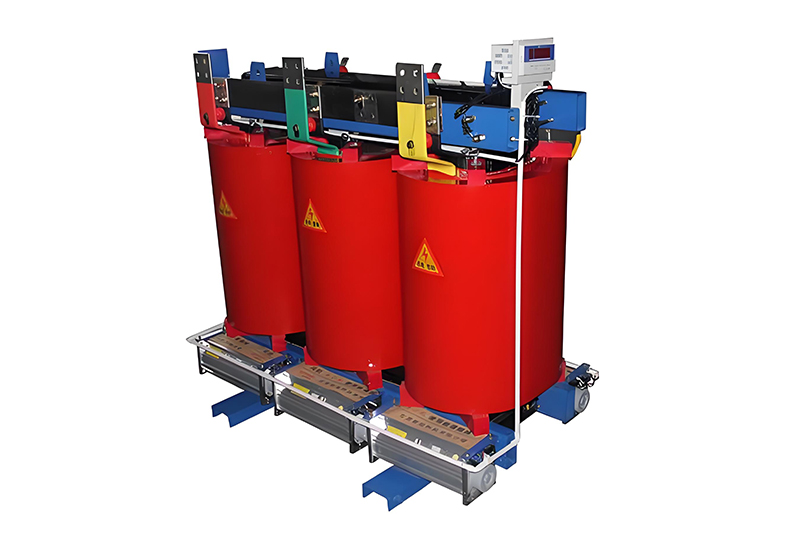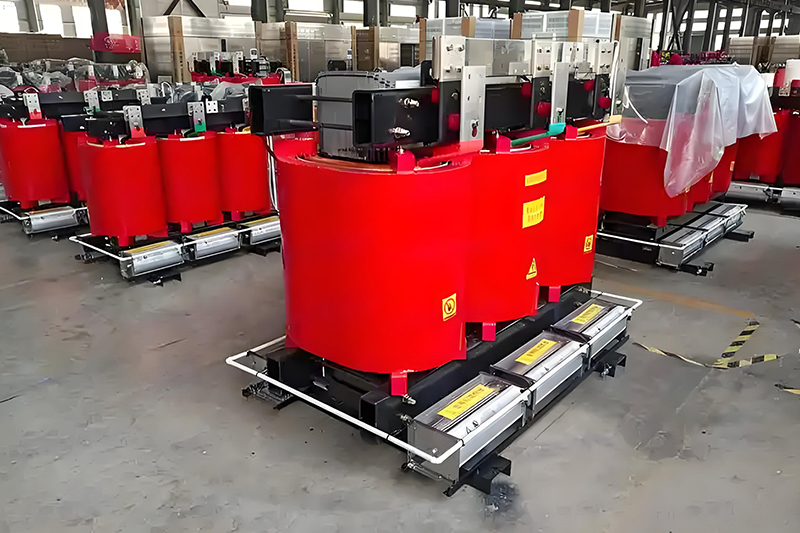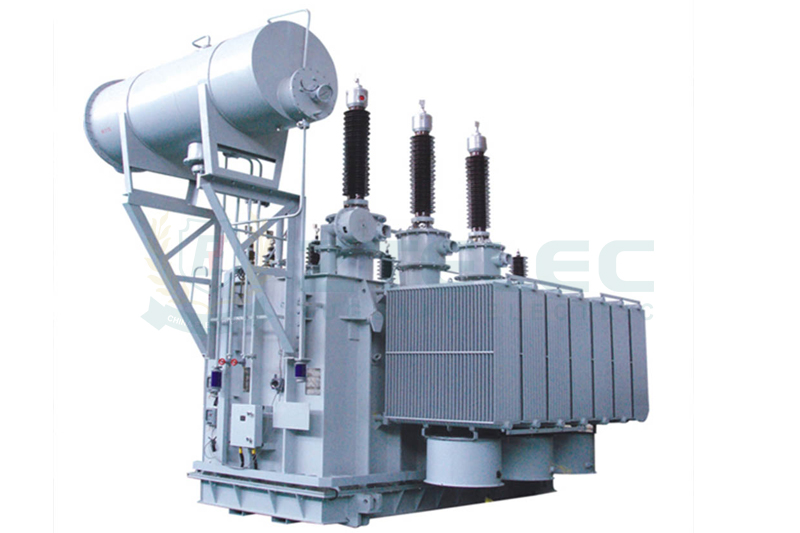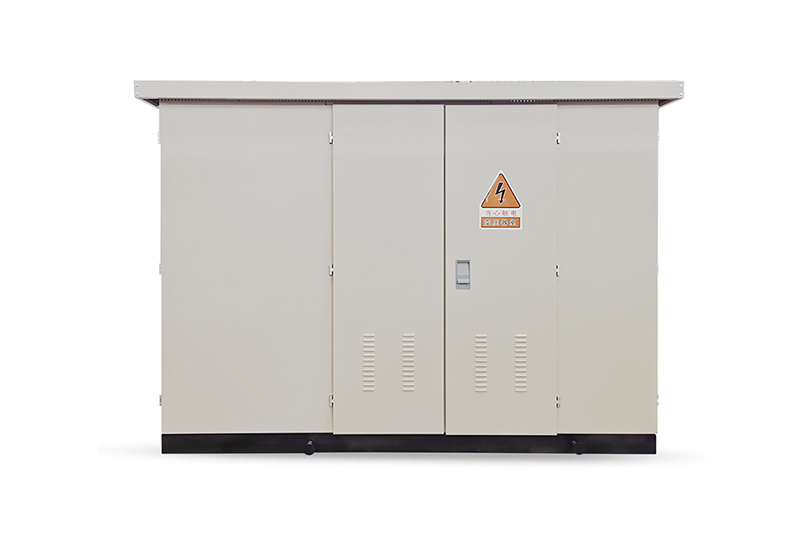Dry-Type Transformer Selection Guide: Match SCB, SGB, and Special Models to Your Application Needs
Time:2025-06-30 Auther:ZTelec-www.ztelectransformer.com
Dry-type transformers are widely favored in modern power systems for their oil-free, fire-resistant, and environmentally friendly characteristics. Whether for commercial buildings, data centers, or new energy projects, selecting the right model is critical to ensuring system efficiency, reliability, and safety. This guide helps you match your application needs with the most suitable transformer model based on series classification, technical parameters, and practical scenarios.

1. Overview of Dry-Type Transformer Series
1.1 SCB Series – Epoxy Resin Cast Transformers
The SCB series adopts epoxy resin encapsulation and is widely used for indoor installations due to its strong fire and moisture resistance.
Common Models:
SCB10/11/12 – Entry-level energy-saving types for general commercial or industrial use.
SCB13/14 – Meet China’s Level 1 efficiency standard (GB 20052-2020), with 15–20% lower no-load loss.
SCB18 – Premium ultra-efficient model; up to 10% lower no-load loss than SCB14, ideal for 24/7 operation.
Capacity & Voltage Range: 30 kVA to 3150 kVA, with voltage ratings of 10 kV and 35 kV.
1.2 SGB Series – H-Class Insulation, Non-Encapsulated Type
SGB models use NOMEX paper with up to 180°C resistance, offering excellent overload and thermal endurance in harsh environments.
Common Models:
SGB10/11 – H-class transformers for chemical plants, high-humidity or corrosive locations.
SGBH15 – Combines amorphous core with H-class insulation; up to 70% lower no-load loss than conventional models.
Capacity & Voltage Range: 50 kVA to 25,000 kVA, available in 10 kV and 35 kV options.
1.3 Special Purpose Dry-Type Transformers
KSG/KKSG – Explosion-proof models for mining applications (IP65 rated).
ZSG – Rectifier transformers for DC output (0–1000 V), ideal for electroplating/electrolysis.
D(Y)yn11 – Wind power-specific transformers with low-temperature resistance (-40°C) and anti-vibration features.
2. Key Selection Parameters
2.1 Capacity Selection
Always add a safety margin of 25% to actual load. For example, a load of 800 kVA requires a 1000 kVA transformer, such as SCB14-1000/10.
2.2 Voltage Rating
High Voltage Side: 10 kV ±5% standard (tap changer with ±2×2.5%). SCB14/SCB18 models support 35 kV options.
Low Voltage Side: Standard 0.4 kV; custom voltages available upon request.
2.3 Energy Efficiency Grades
Level 1 – SCB18, S22: Lowest no-load loss, best for data centers, subways.
Level 2 – SCB14, S20: Balance between cost and efficiency.
Level 3 – SCB12, S13: Cost-effective, meet basic energy-saving standards.
2.4 Short-Circuit Impedance
Standard: 6% for models ≥800 kVA.
Recommended:
– 4%–5% for new energy plants (solar/wind)
– 8%–9% for substations to enhance stability
2.5 Vector Group
Dyn11 – Delta high-voltage / grounded star low-voltage; better harmonic suppression, suitable for complex loads.
Yyn0 – Cost-effective, ideal for rural or basic systems.

3. Model Recommendation Table by Application Scenario
| Application Scenario | Recommended Models | Capacity Range | Key Features |
|---|---|---|---|
| Commercial Buildings, Small Factories | SCB12 / SCB13 | 30–630 kVA | Basic efficiency, lower cost |
| Data Centers, Subways, Hospitals | SCB14 / SCB18 | 800–2500 kVA | Level 1 efficiency, low no-load loss |
| New Energy Power Plants | SCB18, SGBH15 | 5000 kVA and above | Amorphous core, 70% loss reduction |
| Mining, Chemical Plants | KSG13/14, SGB10 | Custom | Explosion-proof, corrosion-resistant |
4. Selection Tips for Dry-Type Transformers
4.1 Cooling Method
Natural Air Cooling (AN): Best for ≤85% load rate.
Forced Air Cooling (AF): Use for >85% load to increase thermal capacity.
4.2 Protection Level
Indoor (IP23): Protection against electric shock and solid intrusion.
Outdoor (IP54): Weatherproof enclosure required for dust/moisture resistance.
4.3 Special Environmental Requirements
High Altitude Areas: Use altitude-specific designs with derating factor (0.8–0.9).
High Overload Conditions: For PV or wind power step-up units, ensure short-term 1.5× overload capability.
Selecting the right dry-type transformer model is essential for ensuring reliable power delivery, meeting safety standards, and optimizing long-term operational costs. By considering key factors such as capacity, voltage, insulation class, energy efficiency level, and environmental conditions, you can confidently match the correct product to your application needs.
Need a quote or model recommendation? Contact us now to get a free selection guide tailored to your project.




